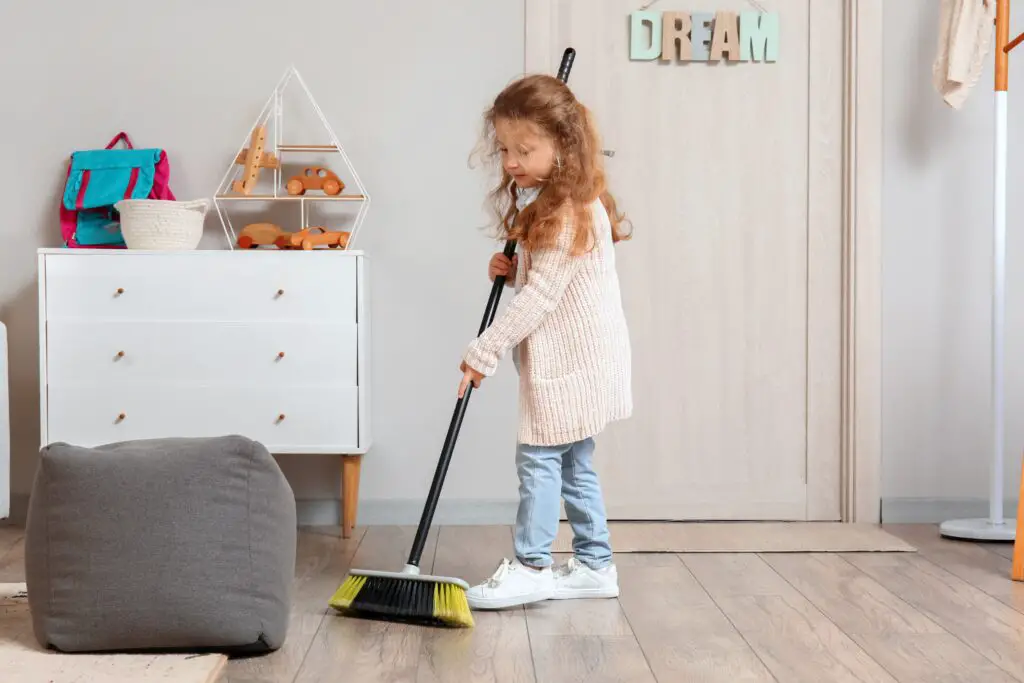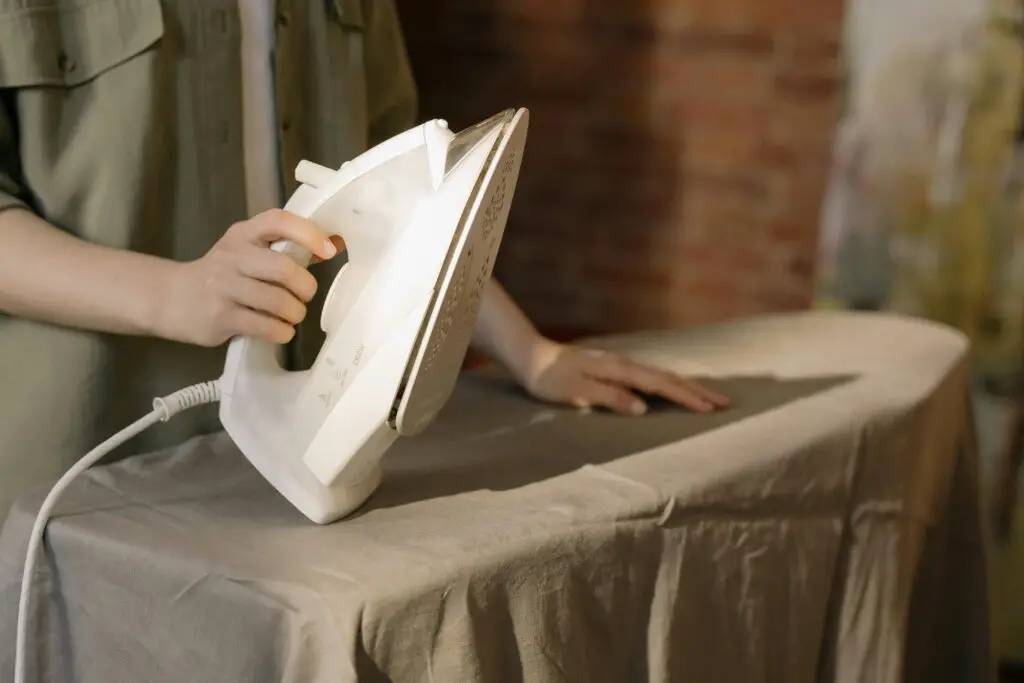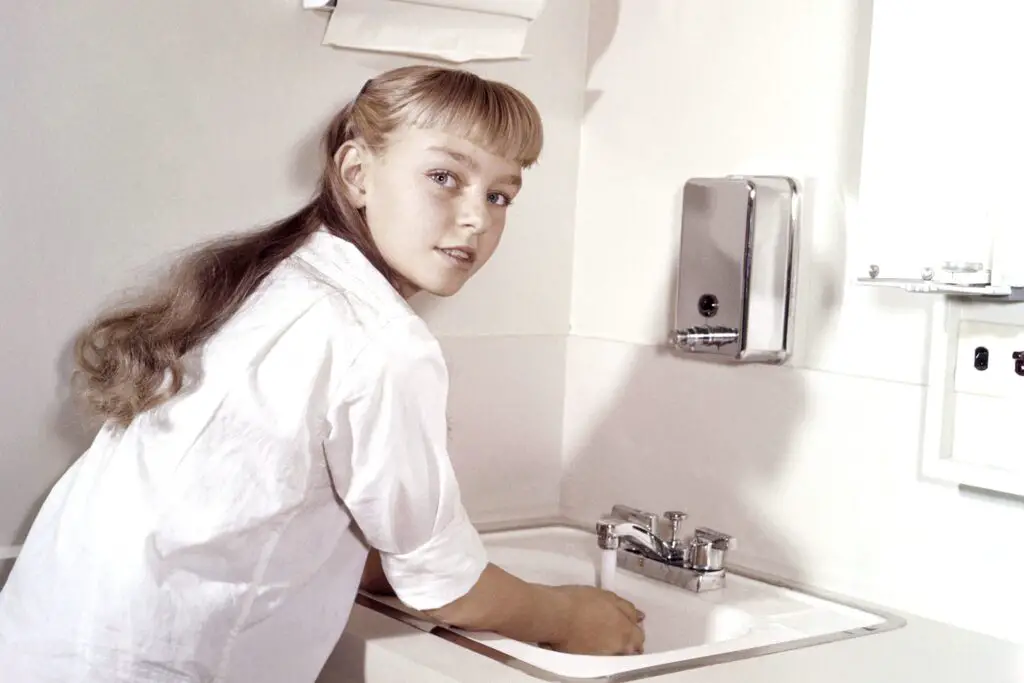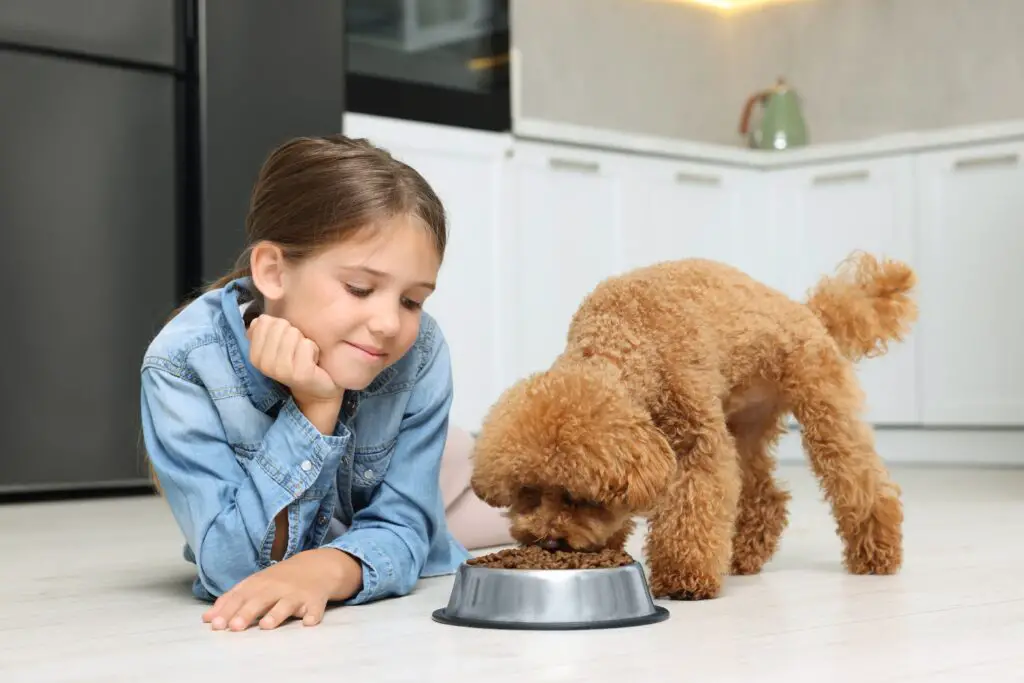1. Sweeping the Entire House

Back in the day, it wasn’t just the kitchen floor that needed a good sweep. Kids were expected to handle the broom and sweep every room in the house, even the ones that barely saw foot traffic. And forget the fancy cordless vacuums we have today—this was all about the old-fashioned broom and dustpan combo. For an 8-year-old, it was no small task, and it wasn’t about just pushing debris into a corner either. Sweeping required precision, especially in corners and under furniture where dust bunnies liked to hide.
Kids were also responsible for making sure the dustpan was emptied properly, no matter how much lint or dirt was left behind. It wasn’t just about sweeping, it was about making sure the house looked neat from top to bottom. These tasks taught responsibility early on, and kids were expected to handle them with a sense of pride, no matter how much they grumbled about it.
2. Ironing Clothes

Before wrinkle-free fabrics were invented, ironing was a regular chore for kids as young as eight. The iron was hot and heavy, but that didn’t stop parents from putting their kids in charge of making sure the family’s clothes were pressed and looking sharp. Whether it was a favorite shirt or a school uniform, kids would line up the clothing and start ironing, often under the watchful eye of a parent.
Ironing wasn’t just about removing wrinkles—it was also about learning the importance of presentation and attention to detail. The smell of hot starch filling the air while pressing was a regular part of childhood for many. While some may have dreaded the task, it certainly instilled a sense of responsibility and discipline, as well as a certain pride in looking polished.
3. Scrubbing the Bathroom

The bathroom was often seen as a child’s domain when it came to cleaning. From wiping down the mirror to scrubbing the tub, kids were expected to tackle the grime and gunk that would build up in such a frequently used space. And let’s be real, cleaning a bathroom meant facing some of the least glamorous chores a child could imagine. Yet, it taught kids early on the importance of hygiene and how to handle tough cleaning products.
The tub was the biggest challenge, especially if the family had a tendency to use it frequently. Kids had to get into every nook and cranny with a sponge, making sure to remove soap scum and mineral buildup. The whole task was an endurance test, but it was a rite of passage for kids growing up in families where everyone pitched in.
4. Washing the Dishes

Dishwashing wasn’t just about scraping food off plates—it was an all-encompassing chore. Whether it was by hand or using an older dishwasher that required manual loading, kids were expected to wash, dry, and put away the family’s dishes. This chore was often done as a team effort, with siblings dividing up the tasks to speed things up. The younger kids might have been in charge of drying or putting away, while the older ones washed and scrubbed.
But it wasn’t just about getting the dishes clean—it was about learning the value of teamwork, and sometimes patience, as dishes would pile up after every meal. The chore was often accompanied by a few grumbles, but also a sense of accomplishment once the last plate was dried and put away. It was part of learning to care for the household and being a responsible member of the family.
5. Making the Bed Every Morning

Making the bed was non-negotiable in many households, and by age 8, kids were expected to do it without being told. It wasn’t just about folding a blanket neatly or fluffing a pillow—it was about creating a sense of order first thing in the morning. In some homes, it was a strict rule: no leaving the room without the bed made. This chore helped children understand the importance of starting the day with discipline and a sense of accomplishment.
The pressure to get the sheets smooth and the comforter aligned might have seemed small at the time, but it was all part of teaching kids responsibility. Those few minutes spent fixing the bed each day also set the tone for the rest of their morning routine, ensuring everything else fell into place with a little extra care.
6. Feeding the Pets

Taking responsibility for feeding the family pets was a major chore for kids by age 8. Whether it was a dog, a cat, or even a small hamster, kids were expected to make sure their furry friends were fed and hydrated each day. For some, it meant measuring out kibble, filling up water bowls, or even prepping food for pets that required something a bit more complex.
This chore taught kids empathy and the importance of looking after those who depend on them. It wasn’t just about feeding; it was about building a bond with the pets and learning how to be reliable. It also helped kids develop a routine, as they had to remember to feed the pets at the same time every day—another small but significant responsibility that helped them grow.
